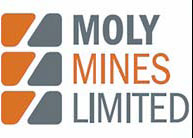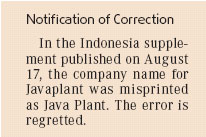Meeting the demand for molybdenum
With the sixth highest melting point of any element (2623C), molybdenum is increasingly being used as a substitute for nickel in the production of high-strength steel alloys.

Over the past 40 years, global consumption of molybdenum has increased 400 percent, as nickel prices continue to climb and demand for steel products increase. Those trends are expected to continue over the coming years.
While the United States, Chile and China remain the main producers (75 percent) of molybdenum, Moly Mines has set its sights on Australia.
The company has focused its activities on its major project - the Spinifex Ridge Project -and built up a portfolio of key gold assets in New South Wales (NSW), Australia.
Earlier this year, Moly Mines announced a 5-million-ton per annum increase in the design capacity of its proposed molybdenum mine at Spinifex Ridge, increasing the processing plant design capacity to 20 million tons per annum. The project's delivery time is set for mid 2009.
Since its incorporation, Moly Mines has raised more than $53 million and established two wholly owned subsidiaries - Moly Metals Australia Pty Ltd and Copper Metals Australia Pty Ltd - in addition to having a stake in Cortona Resources Limited, an ASX-listed company that purchased Moly's NSW gold assets in July this year.

The company, led by a management team with extensive experience in exploration, mine development and corporate management, is determined to deliver value to its shareholders through the development of the Spinifex Ridge molybdenum project and ensure the global market of a steady supply of this important resource.
www.molymines.com
(China Daily 11/13/2007 page26)














